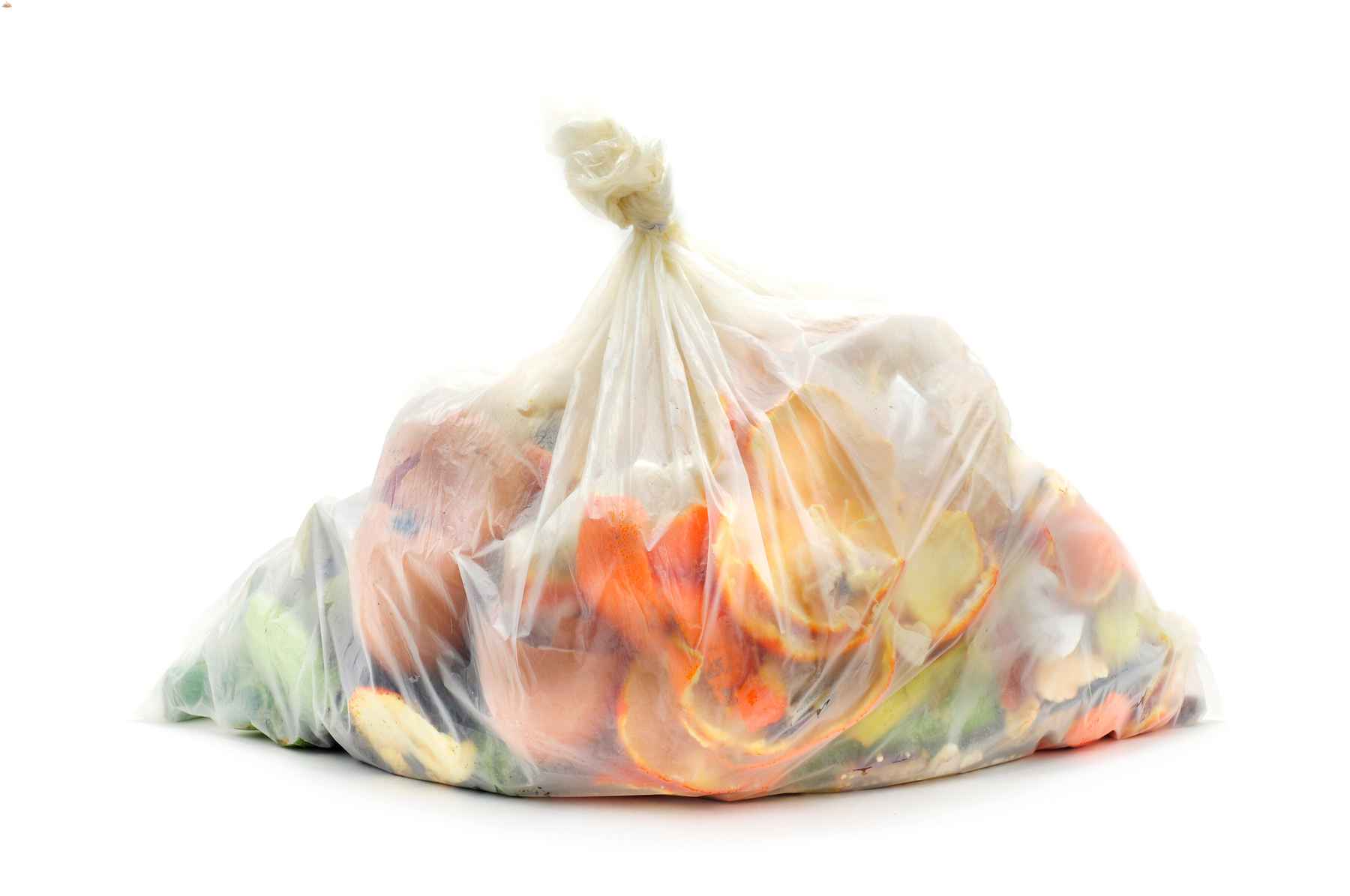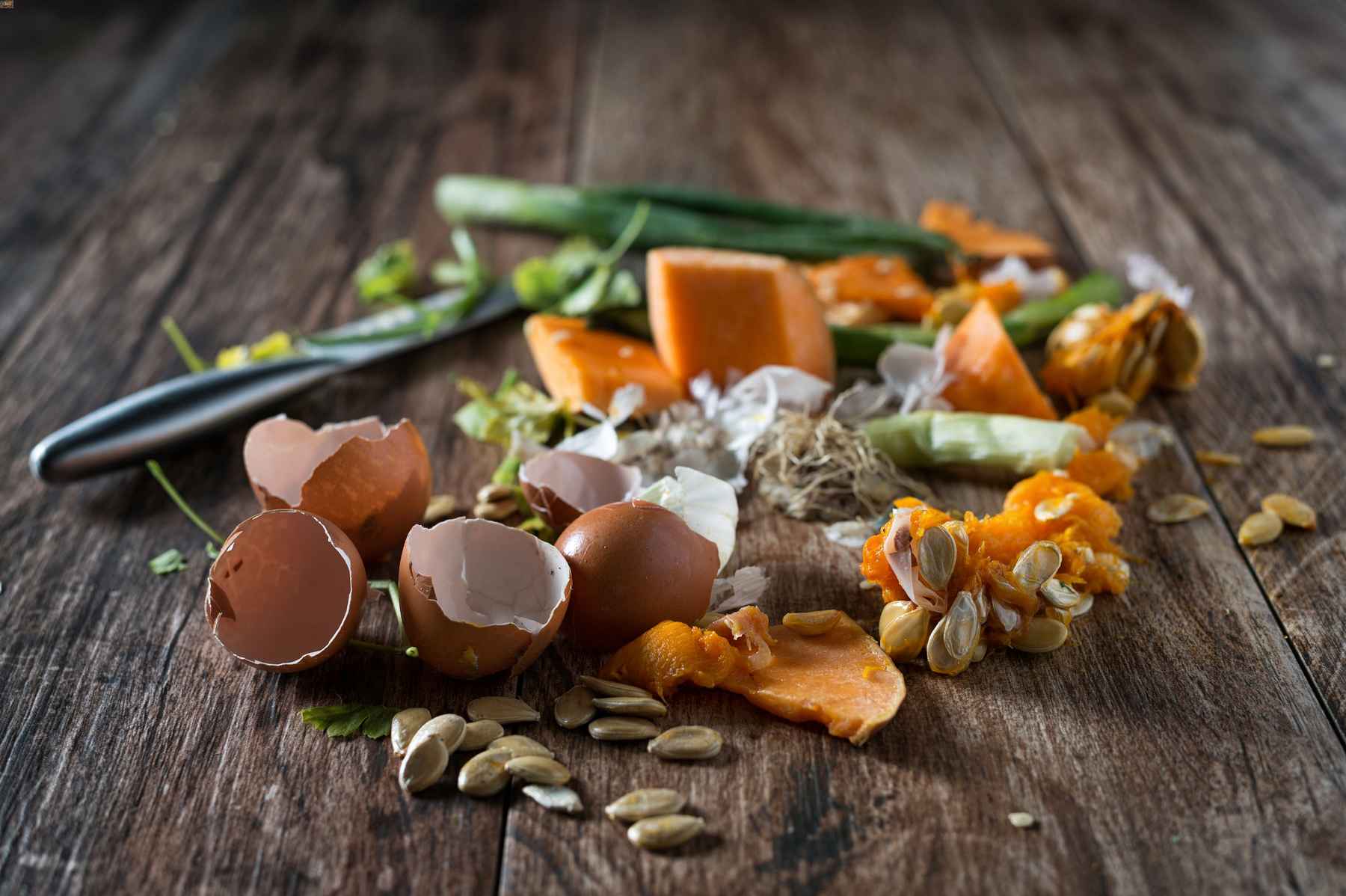All or Nothing: Sullivan Scrap Kitchen Uses Every Little Bit
Dek goes here…
Chef Terence Rogers is on a mission to use food items in their entirety and minimize waste. He aims to use the whole plant or animal, and to compost or recycle what can’t be cooked. At the end of most days, his Sullivan Scrap Kitchen restaurant only takes out a single bag of trash. The goal is “to take what would be considered waste and turn that into something delicious,” he says.
Rogers started Sullivan Scrap Kitchen in June 2020 with the idea of repurposing food scraps from his high-end catering company, TBD Foods. By “scraps,” he means unused items such as beet peels, which he can mix with ginger and limeade to create a simple syrup; tomatillo tops he cooks up in salsa; or salmon heads and tails he uses to make bisque. After two years, Rogers says the restaurant is hitting its stride as the catering team has refined its menu strategies and learned which items are available consistently and which are specialty or seasonal ingredients. (Rogers notes he sources most items locally.)
Rogers has been cooking professionally for over a decade. He first honed his skills in 2011 at a busy pizza shop in Vermont and went on to work in kitchens and food trucks in the Boston area. In 2014, he started hosting pop-up dinners with now-wife Holly Adinoff in his apartment on a converted pool table dressed up with plywood and linens. When the pair moved to Denver in 2016, they channeled that concept into TBD Foods.
As TBD Foods company grew, Rogers and Adinoff kept the idea for Sullivan Scrap Kitchen in the back of their minds. The inspiration for using two kitchen concepts to reduce waste came from Rogers’ 2017 internship with Blue Hill at Stone Barns restaurant in New York state and a cookbook about two Copenhagen restaurants—the now-closed Relæ and Manfreds—that used whole-food products.
When his team processes half a cow, beef works out to $6 per pound in hanging weight. That drastically lowers the price of more expensive cuts.
“It was just a model that seemed to make sense for me,” Rogers explains.
When Sullivan Scrap Kitchen opened, Rogers thought it would just use TBD’s food scraps. But as demand for the Scrap Kitchen increased, Rogers has grown to think about ordering in a more holistic way. “We try to make sure that we can utilize [ingredients] in a few different places, intertwined between catering and the restaurant,” he explains.
That means ordering with both TBD and Sullivan’s full menu cycles in mind. For example, kale stems left over from making pesto for the restaurant get turned into a multi-purpose seasoning. Leftover wine is used to flavor soups and stews, and lemons that have been zested for drinks can be used for flavoring meals. Beets start out as part of the restaurant’s beet and kale salad, where they’re pickled, roasted and chopped. The peels are then either steeped in white balsamic vinegar to become dressing, or mixed with pineapple, ginger, and sugar to make a simple syrup used for limeade or added to kombucha.
Sullivan Scrap Kitchen and TBD Foods also share different cuts of meat from whole animals that are processed in-house. That means the rib-eye and strip steaks may end up on the catering menu, but other pieces might form burgers, fill stews, or be used to make stock. This technique helps with the cost, Rogers explains. When his team processes half a cow, beef works out to $6 per pound in hanging weight. That drastically lowers the price of more expensive cuts that would typically cost closer to $20 to $22 per pound if they were bought pre-cut.
The extra processing does result in higher labor costs, and not just for meat; Sullivan Scrap Kitchen processes 99 percent of its ingredients in-house. But, says Rogers, “That’s the route that I’d rather go: creating jobs and supporting people in the kitchen.” Further, he finds it rewarding to see his staff’s interest in learning new techniques.

There’s a lot of opportunity to create and come up with new ways to use entire plants and animals at Sullivan Scrap Kitchen. “It’s what a lot of people like, to kick-start your brain and try something new,” Rogers adds. “It’s a challenge that you’re trying to figure out.”
Rogers now creates seasonal menus for both Sullivan Scrap Kitchen and TBD Foods. That seasonality means the kale pesto might be made with arugula in the spring and basil in the summer. There will be more chiles and peaches during the warm months and more apples in the fall.
In fact, there’s very little that stays exactly the same, except for Sullivan’s burger and gnocchi, Rogers explains. Most “scrap” dishes (such as nachos made from the skin of the potatoes used in the gnocchi) are specials that only appear a few times a week. “We aren’t going to artificially create that,” he says.
Even if it creates a few more steps, says Rogers, “It’s really about focusing on the long-term approach versus short-term gains, which ties into our mission at large: Try to be a good neighbor and work towards a good future for the food-and-beverage industry.”
Talk to us! Email your experiences (and thoughts, opinions, and questions—anything, really) to askus@diningout.com.

